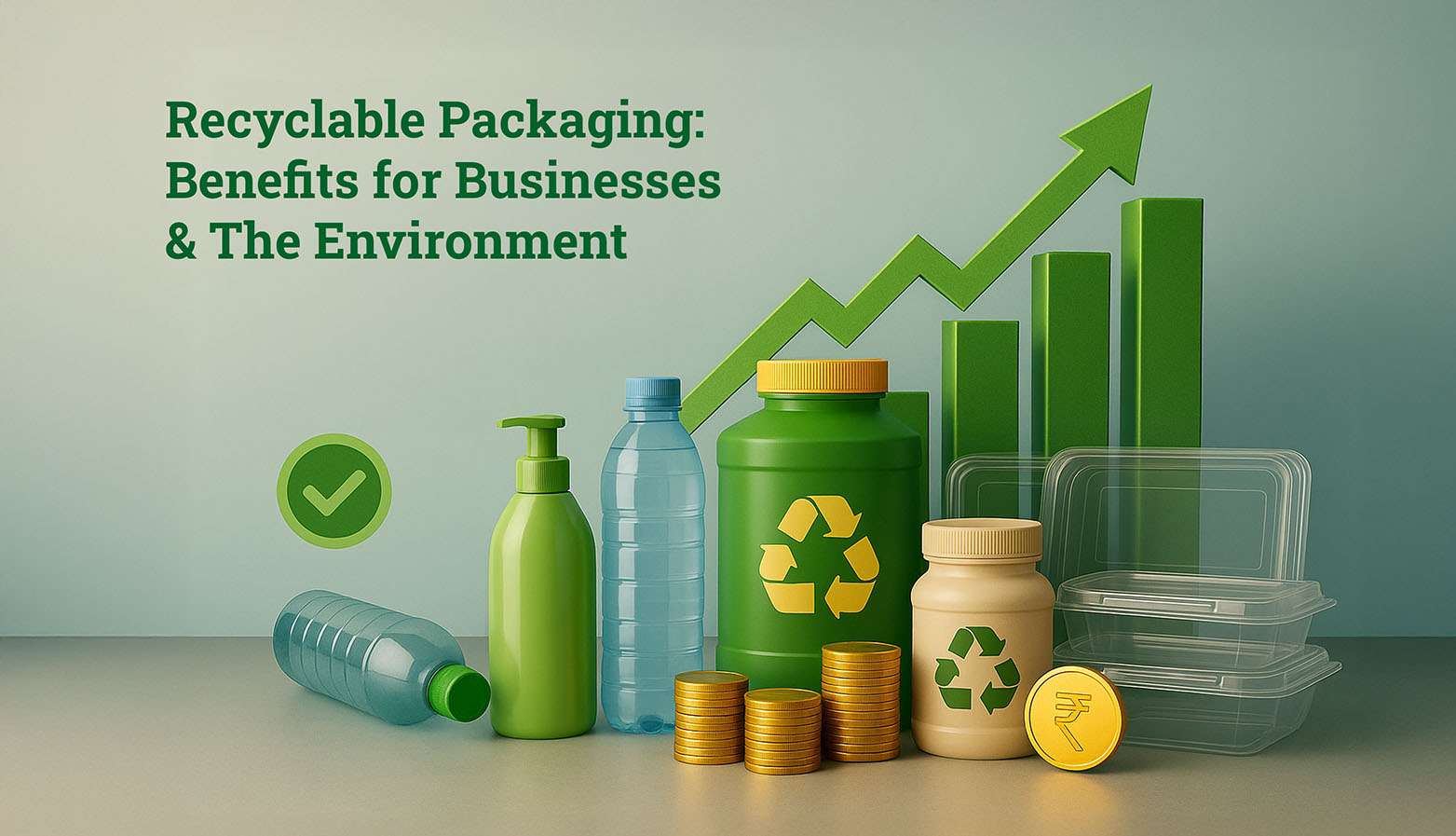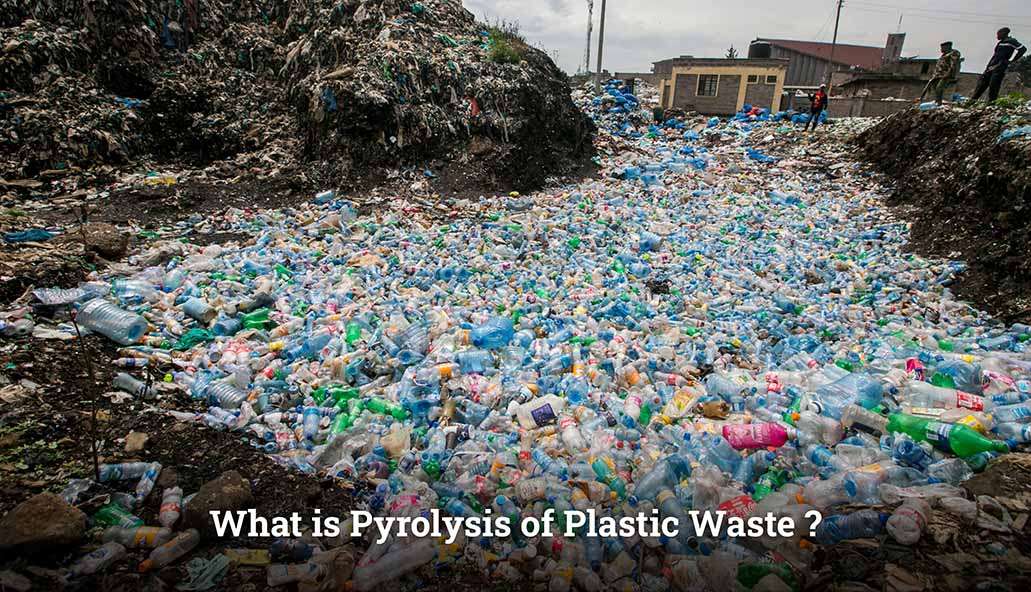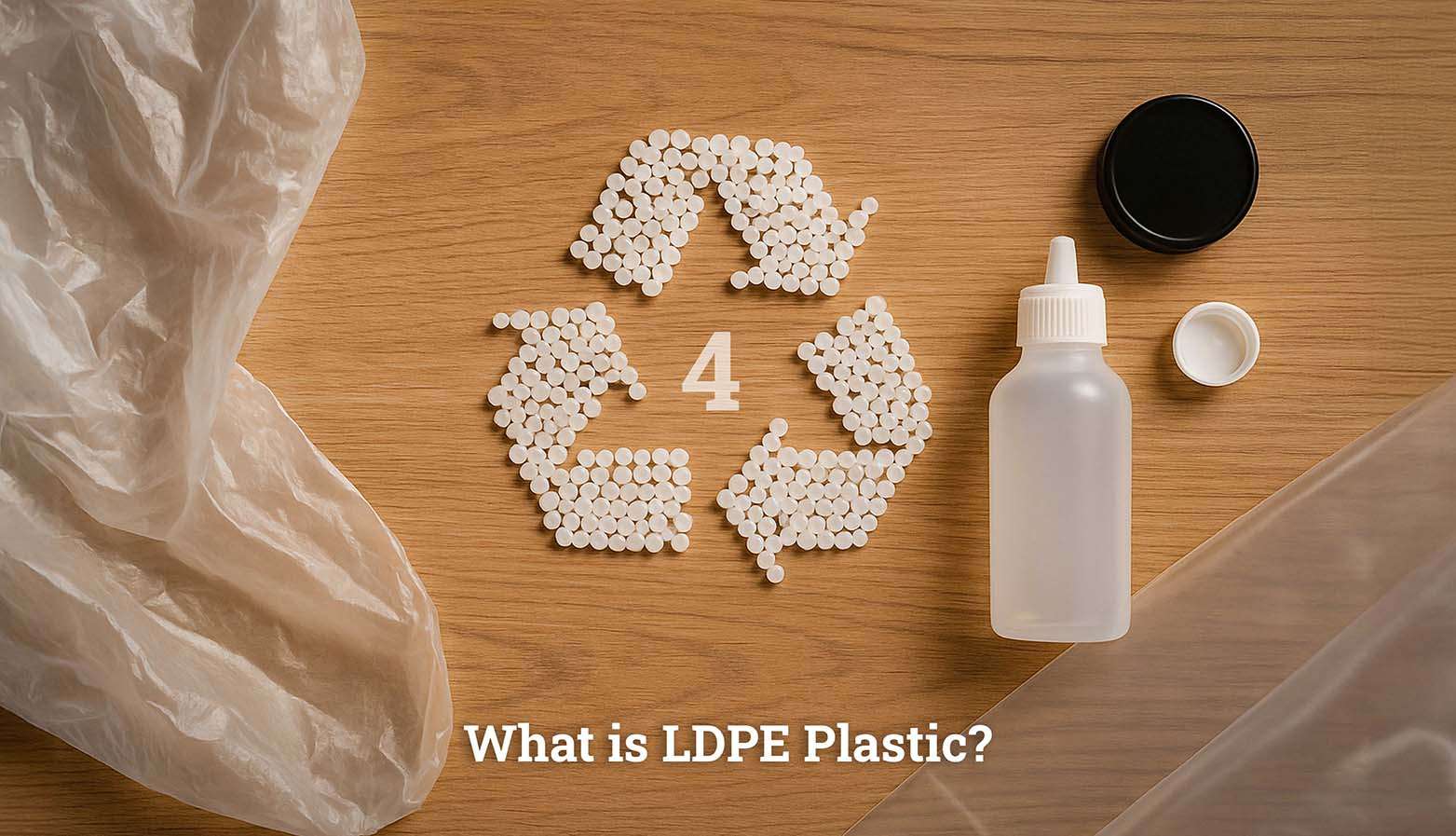With the current upsurge for greener living, the method for upcycling plastic waste has proved to be a revolutionary remedy for dealing with the plastic waste problem. Waste management processes like upcycling and advanced recycling aim to transform discarded plastic items into products of higher value and utility. The reduce, reuse and recycle approach associated with plastic upcycling aligns with the key principles of a circular economy—one that prioritizes long-term sustainability.
The linear model of consumption in which people take, make, and dispose is extremely erroneous; this mismanagement spells doom for everything all at once. Millions of tons of plastic are carelessly thrown into oceans, which is not only disastrous for nature itself but a severe risk to human health. Ever so often, we witness hope in the form of upcycling plastic waste and bringing it back to life, which provides a creative pathway for every individual to take steps towards contributing to a circular economy.
Companies are trying to slow down the upsurge of waste plastic by employing AI for material sorting and using up-to-date manufacturing processes in India. Process innovations for the initial steps of plastic upcycling does not just aid in improving the environment, but they offer significant immense prospects to revitalize the economy.
This world environment day, let’s explore how upcycled plastic products are reshaping communities and industries, the waste handling challenges faced, and how these efforts contribute to a more circular, sustainable future.
What is Plastic Upcycling
Plastic upcycling is the process of transforming a product by waste material recovery and producing a new product with higher value. Upcycling as a process is versatile and has been adopted by not only industries but also individuals to prevent accumulation of plastic waste in landfills. Upcycling plastics ensure that the product meets with better or equal quality than the original product.
Plastic upcycling can include :
Artisanal or design-based upcycling
The design process towards the repurposing of plastic into products with functional designs has to be considered creative.Individuals can engage in this process by transforming household plastic products into flower pots, crafts and toys.
Chemical upcycling
The breaking down of plastic polymers to transform them into feedstocks for higher value products
The various methods of upcycling plastics offer benefits of reduced environmental footprints while enhancing the plastic’s end-use value and reducing the need for virgin plastics.
Examples of Upcycled Plastic Products
Examples of upcycled plastic products are present in numerous sectors. The prominence of upcycled plastic products is seen in the textile sector, with plastic being upcycled at the end of its life cycle into yarn. A prime example of upcycled plastic products in this sector is evident with the sustainable option available to companies, where 20 plastic bottles can be used for the production of one t-shirt.
Let’s explore other unique models that are gaining popularity:
Chemical upcycling
Use of plastic waste material for the production of tiles, bricks, and insulation boards is now possible for manufacturers.
Furniture
Used plastic is recycled into chairs, tables, and other ornamental products.
Chemical upcycling
Quadro, Ford’s electric trucks, and many more have different parts made from plastic that has been upcycled.
Packaging
Containers are made of high-grade recycled plastic, and are reusable and recyclable.
Clothing
Adidas, for example, has a partnership with Parley for the Oceans, and is producing shoes and clothing out of recycled plastic waste.
These examples showcase the potential of plastic upcycling to merge functionality with sustainability.
To read more about the difference between upcycling and recycling: https://www.banyannation.com/blog/recycling-vs-upcycling/
What are the Challenges and Innovations in Upcycling of Plastic Waste?
The plastic waste upcycling journey starts with the pivotal steps of collecting discarded plastic products. A range of infrastructural and technical challenges are often faced here due to the presence of contaminated, mixed, or non-recyclable plastics.
Key challenges face in the upcycling of plastic waste include:
- Separating and sorting: Multilayer plastics or products made from different types of plastic often make the process time-consuming.
- Residues of food and other chemicals can result in lower standards and quality of upcycled plastic products.
- Multiple reprocessing cycles can cause some plastics to lose structural integrity.
- Dominant linear model of plastic product handling for cheap production and resulting in disposable goods.
Innovations:
Problems are being solved by developing:
- Automated identification and waste segregation via AI-based sorting technologies.
- New chemical upcycling technologies that change lower grade plastic into primary material and facilitate the upcycling of mixed plastics.
- Used plastics tracking systems with blockchain technology to ensure transparency in the supply chain
- Molecular-level disassembling of plastics using enzyme-based approaches makes it efficient and reduces power consumption.
- Manufacturing units having closed-loop systems that permit internal upcycling and lower reliance on outside plastic upcycling infrastructure.
- Innovation with bioplastics promotes the ease of upcycling in a sustainable manner.
These advancements increase the effectiveness and scalability of upcycling plastic waste.
Importance of Plastic Waste Upcycling
Plastic waste upcycling is of vital environmental and economic importance:
Reduces pollution
Keeps plastics out of oceans and landfills.
Reduces carbon footprint
Less energy consumption than creating new plastic.
Supports circular economy
Promotes reuse and extends material life cycles.
Produces green jobs
Provides jobs in waste collection, processing, and innovation.
Evolution of plastic product manufacturing process
Promotes evolution of the existing process to sustainable approaches through the redesigning of products.
As awareness and popularity grow, plastic waste upcycling becomes the focal point of environmental initiatives worldwide.
How Plastic Upcycling Contributes to a Circular Economy
The idea of a circular economy significantly lies on the principle of maximizing the use of products and extending its lifecycle. Upcycling polystyrene that is made from plastic material is truly the best model showing this approach. Instead of sending plastic waste to landfills or incinerators, it is creatively reused. The following are the major contributions:
Resource efficiency
It is less dependent on virgin plastic resources.
Value retention
Materials are used again after going through this process without losing their quality.
Ecosystem deal in locality
Circular solutions tend to be more successful which in turn makes demand at local levels arise.
Plastic upcycling not only contributes to a circular economy but brings economic benefits. These benefits involve cost cuts in procurement of raw materials and production processes.
The Future of Plastic Upcycling in a Circular Economy
The future of plastic upcycling is expected to evolve further with:
Value retention
New polymers that are easier to upcycle.
Value retention
Stronger regulations and incentives.
Value retention
Awareness campaigns to promote plastic upcycling practices.
Value retention
Technologies that certify the use of upcycled plastics.
As the demand for sustainable materials grows, plastic upcycling along with advanced recycling practices will become key drivers of the green economy. Companies and consumers investing in the upcycling of plastic today will be the sustainability leaders of tomorrow.
Conclusion
Plastic upcycling can be a great addition to a basket of strategies for moving towards a circular economy. It is an interesting application of plastic waste and environmental technology, which also includes new types of materials and products. Transforming waste to value is where plastic upcycling plays a major role; it helps in conserving resources and reducing pollution. The contribution to driving a circular economy also lies with the consumers and can start with buying upcycled plastic products like tote bags made from repurposed plastic bags.
Transformation of the waste and plastics sector by upcycling is gaining popularity as a mantra for long-term sustainability-driven corporate and customer behavior. In a circular economy, every bottle, bag, and piece of discarded plastic starts as a resource, and the right management of them makes a contribution towards achieving a world without waste.
FAQ's
How can individuals contribute to plastic upcycling?
Individuals can sort and clean plastic waste before disposal, support brands using upcycled plastic products, reduce plastic usage and promote awareness about upcycling of plastic waste.
Can all types of plastic be upcycled?
The upcycling of plastics cannot be done with all plastics. Plastics like PET and HDPE Plastics are easier to upcycle, while mixed or low-quality plastics may require advanced chemical methods.
Are upcycled plastic products of lower quality?
No. Many upcycled plastic products match or exceed the quality of products made from virgin plastic, thanks to improved processing techniques.
What is the environmental impact of not upcycling plastic waste?
Failure to upcycle plastic waste leads to landfill overflow, ocean pollution, and increased greenhouse gas emissions from virgin plastic production.

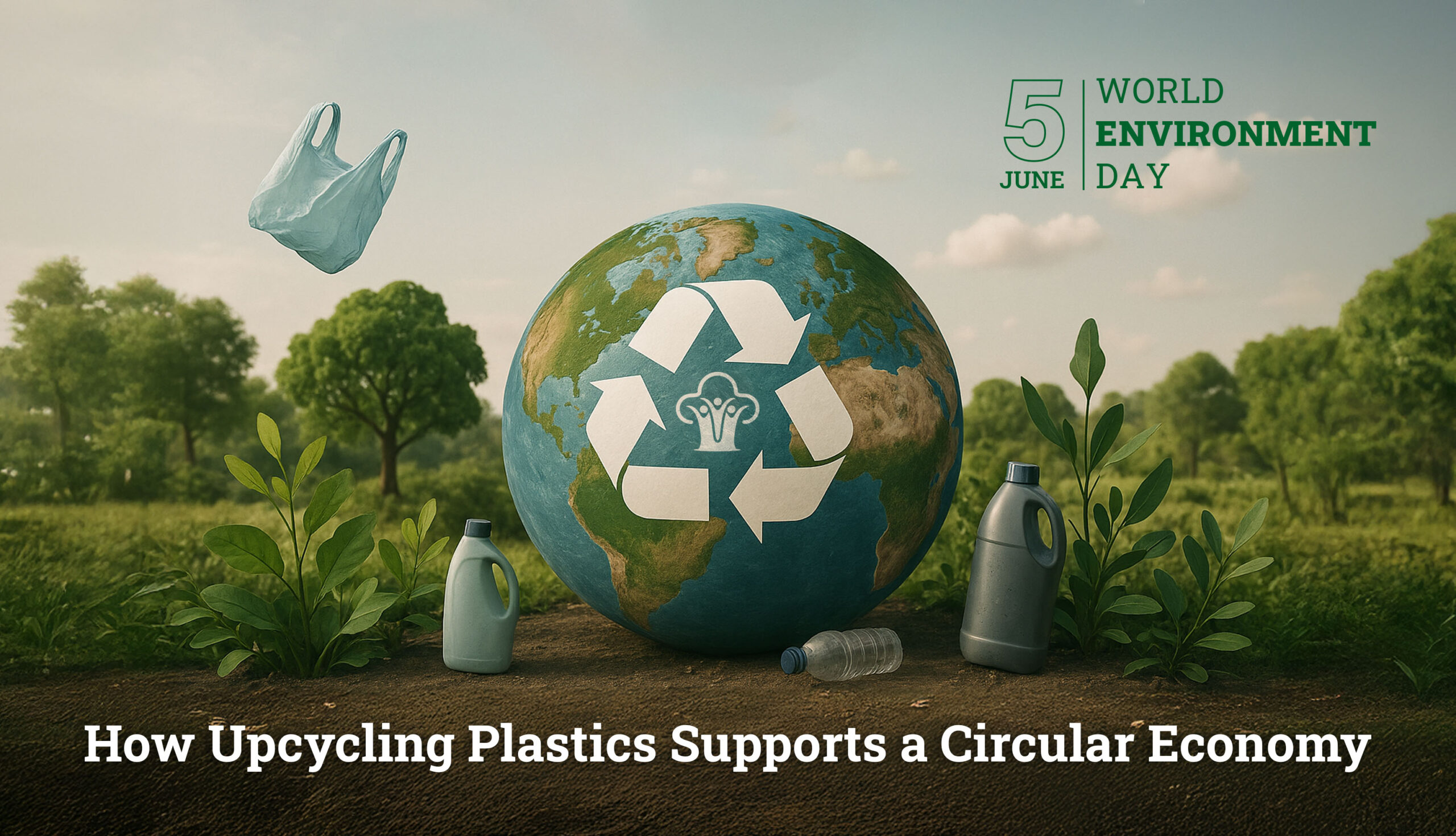
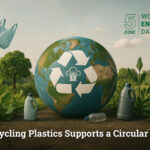 How Upcycling Plastics Supports a Circular Economy
How Upcycling Plastics Supports a Circular Economy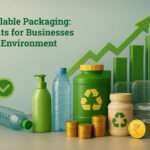 Recyclable Packaging: Advantages for Businesses and Environmental Sustainability
Recyclable Packaging: Advantages for Businesses and Environmental Sustainability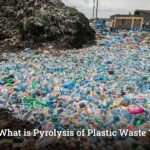 What is Pyrolysis of Plastic Waste? It’s Process & Benefits
What is Pyrolysis of Plastic Waste? It’s Process & Benefits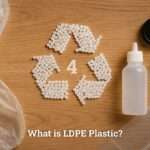 What is LDPE Plastic?
What is LDPE Plastic? 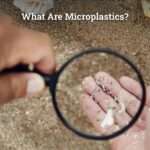 What Are Microplastics?
What Are Microplastics?
